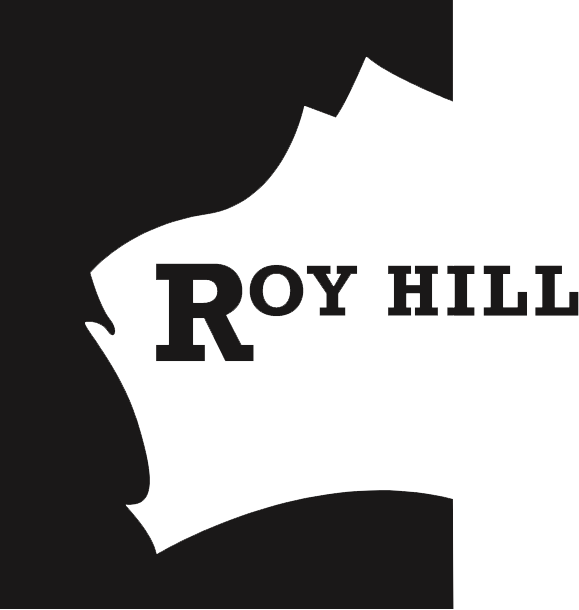News
News
Rinehart shakes up Hancock Prospecting’s iron ore leadership
06.12.2022
The leadership reset at Australia’s most successful private company comes as it looks to lift production at the flagship Roy Hill mine, add new mines to the Atlas Iron operations and build export facilities at Port Hedland under a partnership agreement with Chris Ellison’s Mineral Resources. The changes show Mrs Rinehart has no intention of taking her eye off the ball in iron ore while Hancock pursues acquisitions and major investments in onshore gas and green minerals.
Read moreExecutive Chairman Speech Roy Hill Christmas | Saturday 3 December 2022
04.12.2022
Executive Chairman Gina Rinehart, CEO Garry Korte, Roy Hill CFO Greg Hawkins, and Roy Hill partners, enjoying the annual Roy Hill Christmas ball. Held along the banks of the Swan River. The theme, “Arabian nights”.
Read moreHANCOCK DELIVERS $5.8BN PROFIT
02.12.2022
Gina Rinehart’s Hancock Prospecting mining giant has delivered the second-largest financial result in its history, producing a bumper $5.8bn net profit. Hancock also paid $4.4bn in state and commonwealth taxes this year, and has paid $11.3bn over the past five years. The profit is several times larger than any other Australian-owned private company, and comes as Mrs Rinehart once again scours the market for acquisitions.
Read more‘A GREAT YEAR’: RINEHART’S ROY HILL POSTS $3.2BN PROFIT
01.12.2022
Resources billionaire Gina Rinehart’s Roy Hill mine has delivered another major profit – though commodity prices have hit the iron ore asset’s financial result. Net profit was a bumper $3.2bn for the year to June 30, but falling iron ore prices means the result was down 28 per cent from a record figure in 2021. It was still up 43 per cent from the 2020, when Roy Hill made a $2.2bn net profit, and is among the biggest financial results for any privately-owned Australian company.
Read moreShowing support and sharing success
01.12.2022
As the end of the year fast approaches, it’s been a busy time at Roy Hill. Across October and November we have been proud to give back to our three charities, recognise Remembrance Day and celebrate award success. You can read more about this below.
Read moreGina Rinehart’s Roy Hill unveils $3.3bn profit as iron ore prices hits result
30.11.2022
Billionaire Gina Rinehart’s huge Roy Hill mine has delivered another massive profit, though commodity prices have hit the iron ore asset’s financial result. Roy Hill paid $761m in State Royalties and Native Title royalties this year, along with a further $2.1bn in corporate income tax payments to the end of June. Mrs Rinehart described the result as a “another great year” for Roy Hill. “When mining does well, Australia does well.
Read moreGina Rinehart’s mining dividends for the past year top $2.5 billion as Roy Hill kicks in
30.11.2022
Gina Rinehart’s flagship Roy Hill iron ore mine in the Pilbara has lifted the billionaire’s mining dividends for the past year over $2.5 billion. A day after her Atlas Iron revealed a lower annual profit on the back of weaker iron ore prices, Roy Hill Holdings has followed suit by disclosing a 28 per cent earnings fall to $3.2b for the 2021-22 financial year.
Read moreHancock warns of IR troubles
30.11.2022
Gina Rinehart’s Hancock Prospecting says billions of dollars in future royalty and tax revenue for the WA economy would be in jeopardy if multi-employer bargaining codes are forced onto the mining sector. Hancock Prospecting chief executive Garry Korte said a six-week period of strike action at Port Hedland would cost $9 billion in lost iron ore export revenue and an estimated $551m in lost mining royalties to the WA Government. “If the Bill were to pass in its current form it would open the door to a confrontational industrial relations system that could cripple our industry and result in poorer wage outcomes for our workers,” he said.
Read more











